During a recent hike in Olympic National Park, I saw some strange berries – like blackberries, but pink. Confused, I pointed them out to my boyfriend and he explained they were salmonberries (scroll to “North American Blackberry Species” to see a photo). I definitely immediately thought of the fishberries from Neopets (don’t judge), but then started to wonder: how many blackberry lookalikes are there?
Turns out, there are a lot. I went way down the blackberry rabbit hole in my desire to learn more about the plants around me. I love foraging for wild foods, and I especially love eating sweet wild berries.
Rubus is a large, diverse genus of plants found worldwide. If you forgot from high school biology, a genus is a group of species. Dogs, coyotes, foxes, and wolves are all species within the genus “Canis.”
The genus Rubus is really, really convoluted. Scientists don’t even know how many species the genus includes – some estimate 250, others estimate 700. That’s a pretty big margin for error!
It turns out that it’s pretty difficult to tell where one species ends and another begins, and there’s a whole tangled mess of subspecies, single species with multiple names, and other taxonomic disasters.
Thanks to my deep dive into the Rubus genus, I discovered that almost all plants in this family are edible. That’s good news, since it’s so difficult to tell them apart! I couldn’t find any listings of toxic berries is the family, although apparently eating the leaves of these plants is a bad idea.
Fun Facts about the Blackberry Genus:
- The blackberry (Rubus) genus includes berries like dewberries, thimbleberries, and raspberries.
- The “berries” of Rubus plants are not berries in a botanical sense. They’re actually called drupelets and are part of an aggregate fruit.
- The flavor “blue raspberry” is actually modeled after the flavor of the white bark raspberry.
I decided to put together a guide to the blackberries of the world. This list obviously isn’t exhaustive, but it includes many of the best-known (to science) and most useful plants in the Rubus genus.
Many Rubus species look devastatingly similar, so we’ll mostly focus on where each species is found.
A Guide to the Blackberries of the World
This list is organized by continent of origin. I only listed each species once, but included species that are found on multiple continents at the end of each continent. For example, the European Dewberry is listed under “Europe” but is also included at the end of the “Asian” section because it’s also found there.
European Blackberry Species
European Dewberry, Rubus caesius
Drupelet Color: Black, smaller than blackberries
Range: Much of Europe and Asia, particularly in rocky, basic soil with light shade.
Flavor: Succulent but not overly sweet
Stone Bramble, Rubus saxatilis
Drupelet Color: Red
Range: Europe and Asia, from Iceland to China to Spain
Flavor: Acidic but tasty
Evergreen Blackberry, Rubus laciniatus
Also known as: Cutleaf evergreen blackberry
Drupelet Color: black
Range: Northern and central Europe
Flavor: sweet
Cloudberry, Rubus chamaemorus
Also known as: Nordicberry, bakeapple, knotberry, knoutberry, aqpik, low-bush salmonberry, averin, evron
Drupelet Color: Sunset pink-orange, golden (red drupelets are unripe)
Range: Nordic countries, Baltic states, Poland, Russia, Greenland, northern Canada, Alaska, northern Minnesota, New Hampshire, Maine, New York. Endangered in Japan, Germany, England, Scottland, and Ireland.
Flavor: Tart, often cooked. Highly valued for Vitamin C in the north.
European Raspberry, Rubus idaeus
Also known as: red raspberry. Shares this common name with Rubus strigosus, might be 1 species.
Drupelet Color: Red
Range: Europe, northern Asia
Flavor: sweet
Other blackberries that also grow in Europe include:
- Japanese Wineberry (see Asia)
Asian Blackberry Species
Himalayan Blackberry, Rubus armeniacus
Also known as: Armenian blackberry
Drupelet Color: Black
Range: Armenia and northern Iran, naturalized and invasive elsewhere
Flavor: Similar to common blackberry, but larger and sweeter
Korean Blackberry, Rubus coreanus
Also known as: Korean bramble, bokbunja.
Drupelet Color: Dark purple
Range: Japan, China, Korea
Flavor: Tart, used in a fruit wine
Japanese Wineberry, Rubus phoenicolasius
Also known as: wine raspberry, wineberry, dewberry
Drupelet Color: Dark red
Range: Japan, China, Korea. Also an “escaped domestic plant” in much of Europe and North America
Flavor: Sweet and tart
Other blackberries that also grow in Asia include:
- European Dewberry (see Europe)
- European Raspberry (see Europe)
North American Blackberry Species
Dwarf Red Blackberry, Rubus pubescens
Also known as: Dwarf red raspberry, dewberry
Drupelet Color: Red
Range: Canada, northwest US
Flavor: sweet, juicy
Red Raspberry, Rubus strigosus
Also known as: shares the common name with Rubus idaeus, might be 1 species.
Drupelet Color: Red
Range: Across North America
Flavor: sweet
White Bark Raspberry, Rubus leucodermis
Drupelet Color: Dark purple
Range: Western North America, from Alaska to northern Mexico
Flavor: Similar to blue raspberry flavoring – because this flavor is modeled after this plant!
Black Raspberry, Rubus occidentalis
Also known as: wild black raspberry, black caps, black cap raspberry, thimbleberry,[2][3] and scotch cap.[4]
Drupelet Color: Dark purple
Range: Eastern North America
Flavor: Sweet but tart
American Dewberry, Rubus flagellaris
Drupelet Color: Black
Range: Northern Mexico, eastern and central US, and eastern Canada
Flavor: Tart
Garden Dewberry, Rubus aboriginum
Also known as: Aboriginal Dewberry
Drupelet Color: Black
Range: US and Mexico, especially southern Great Plains area
Flavor: tart
Aberdeen Dewberry, Rubus depavitus
Drupelet Color: black
Range: Indiana, Kentucky, Maryland, North Carolina, New Jersey, Ohio, and West Virginia
Flavor: tart
Thimbleberry, Rubus parvivlorus
Drupelet Color: Dusty red
Range: Western North America
Flavor: Sweet
Salmonberry, Rubus spectabilis
Also known as: Joffelberry
Drupelet Color: Bright red or rich orangish gold
Range: Pacific Northwest of North America, especially in wet areas
Flavor: Weak taste, more often cooked with or prepared in jams than eaten raw. Frequently eaten with salmon.
Swamp Dewberry, Rubus hispidus
Also known as: bristly dewberry, bristly groundberry, groundberry, hispid swamp blackberry or running swamp blackberry
Drupelet Color: Dark purple, almost black
Range: Central and eastern North America
Flavor: bitter, not usually eaten. Used as a dye.
Upland Dewberry, Rubus invisus
Drupelet Color: purlplish black
Range: Eastern and east-central US
Flavor: sweet
Common Blackberry, Rubus allegheniensis
Also known as: Allegheny blackberry
Drupelet Color: black
Range: Much of coastal North America
Flavor: sweet
Arctic Blackberry, Rubus arcticus
Also known as: Arctic raspberry, Arctic bramble, nagoon, nagoonberry
Drupelet Color: dark red
Range: Alaska, northern Scandinavia, Russia, Poland, Belarus, Mongolia, northeastern China, North Korea, Estonia, Lithuania, Canada, and the northern United States as far south as Oregon, Colorado, Michigan, and Maine.
Flavor: Sweet, considered a delicacy
California Blackberry, Rubus ursinus
Also known as: California dewberry, Douglas berry, Pacific blackberry, Pacific dewberry and trailing blackberry.
Drupelet Color: dark purple, dark red, or black
Range: Western North America, including British Columbia, California, Idaho, Montana, Oregon, and Washington, and Baja California.
Flavor: Very sweet, very fragarent
Smooth Blackberry, Rubus canadensis
Also known as: Canadian blackberry, thornless blackberry and smooth highbush blackberry
Drupelet Color: black
Range: Central and eastern Canada (from Newfoundland to Ontario) and the eastern United States
Flavor: Smooth, sweet
Other blackberries that grow in North America include:
- Cloudberry (see Europe)
- Japanese Wineberry (see Asia)
South American Blackberry Species
Rubus geoides
Drupulet Color: bright red
Range: Extreme south of South America
Berry Flavor: tart
We hope you enjoyed this guide to blackberries of the world! Comment below if we missed one of your favorite species and we’ll add it in. We know there are hundreds more species out there!
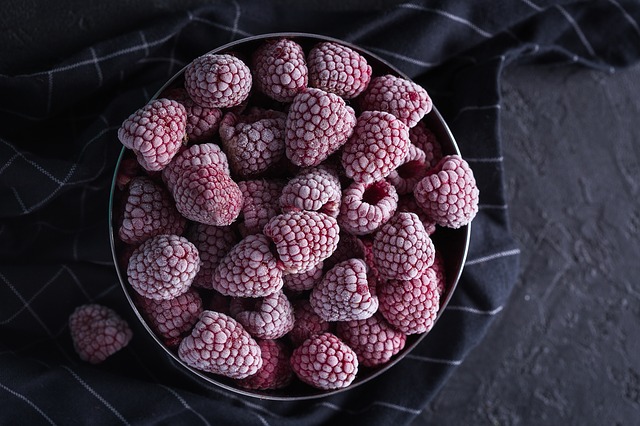
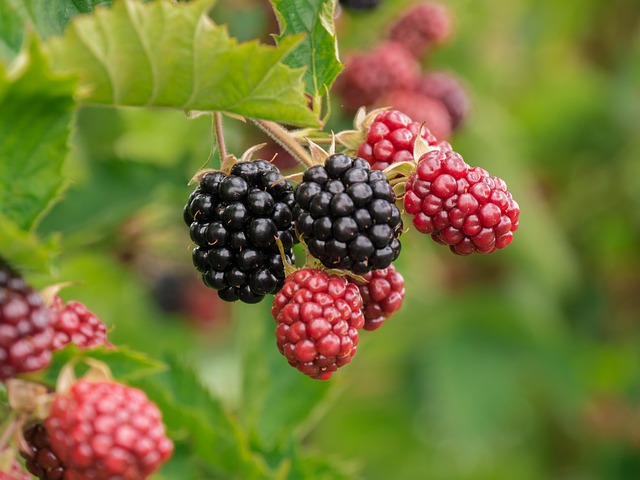
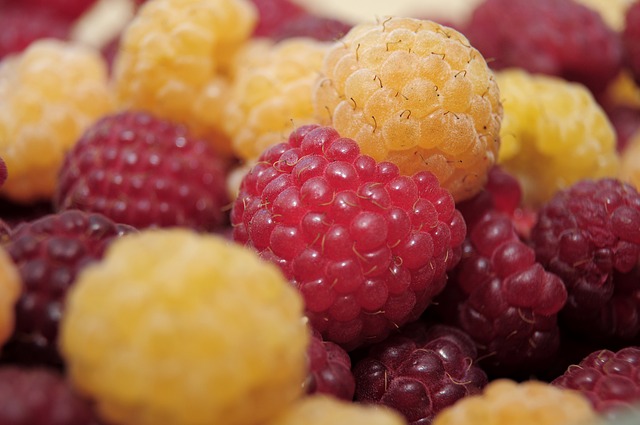











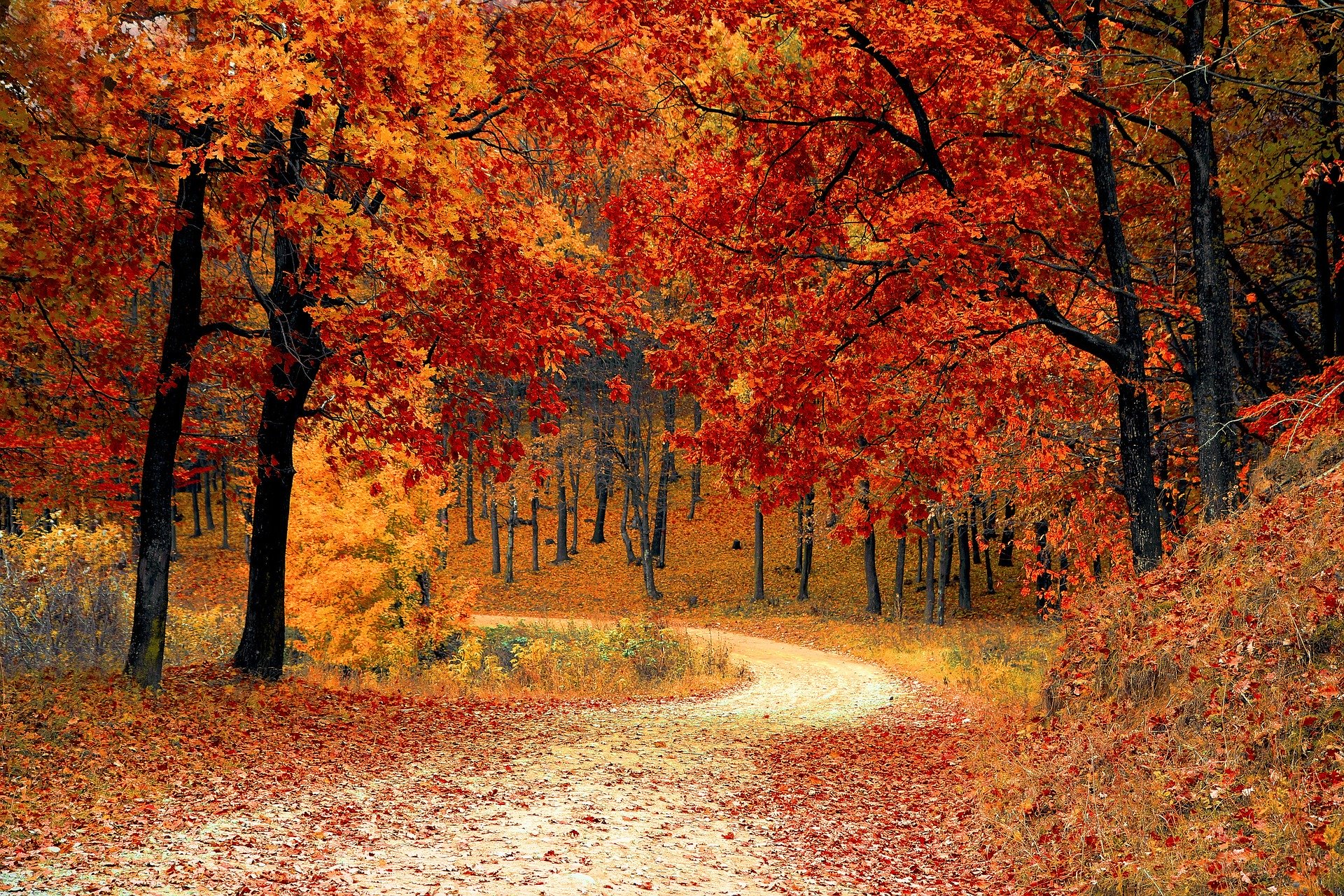
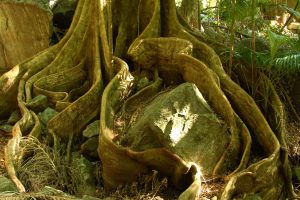

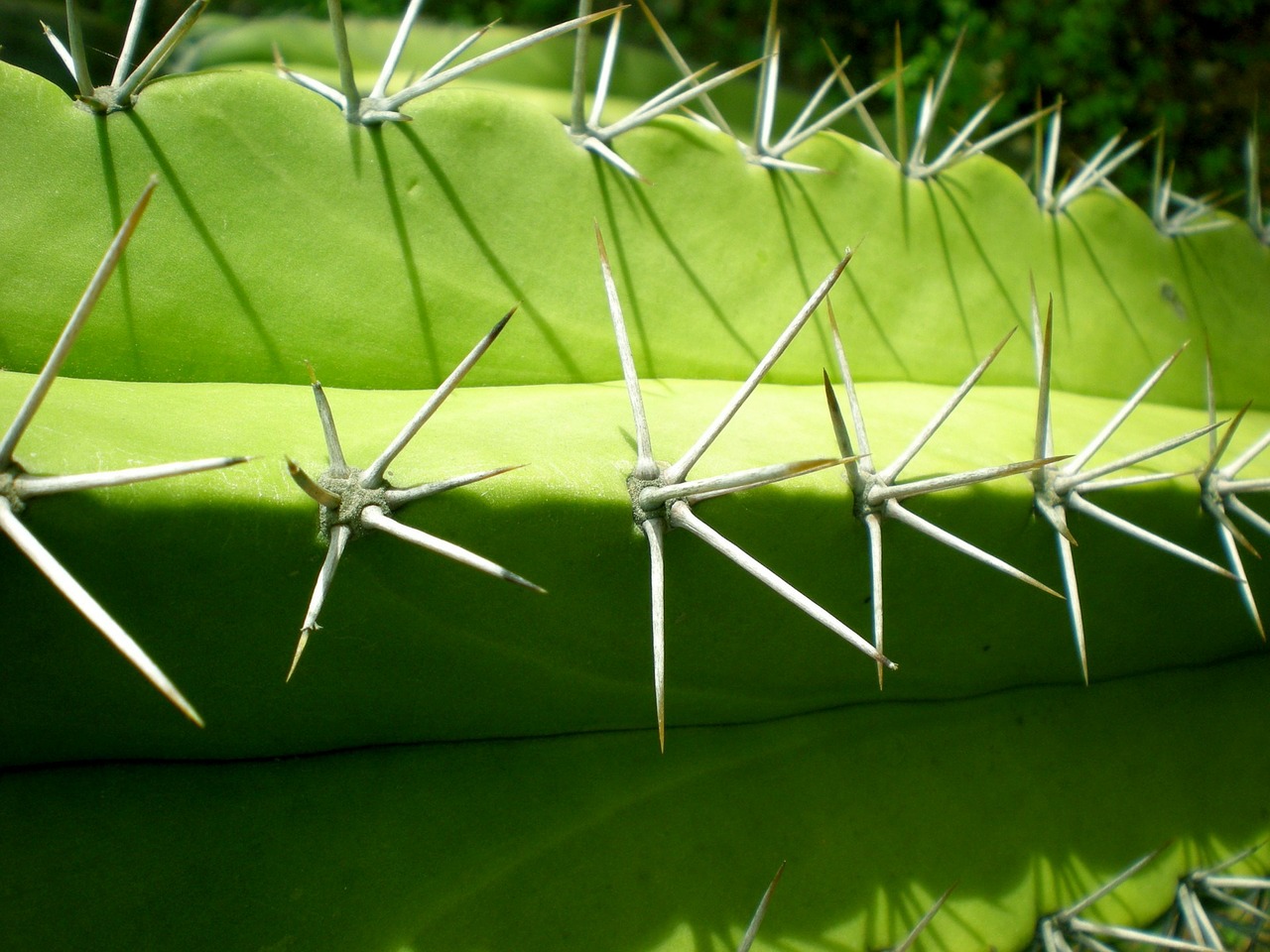
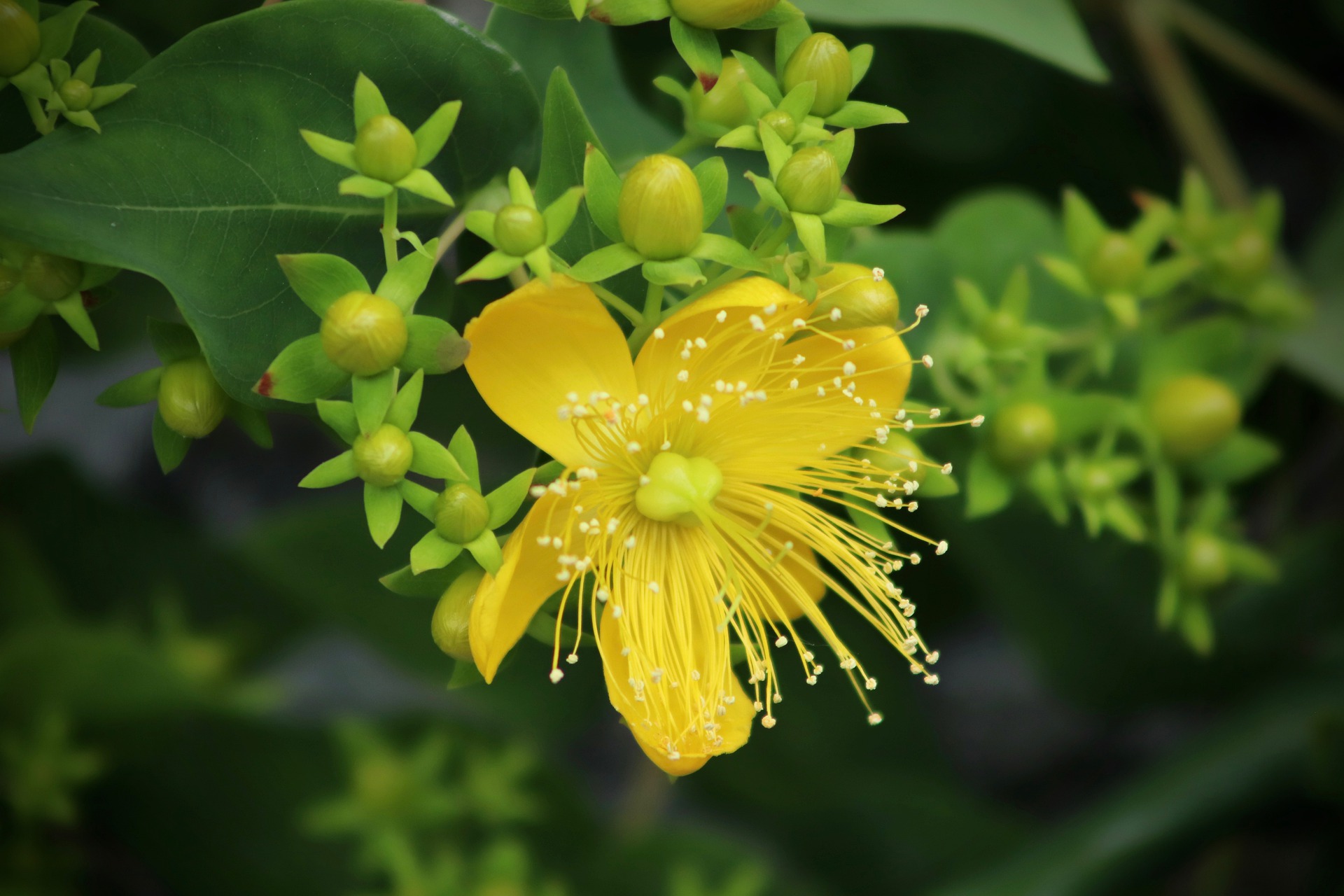
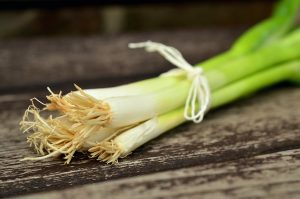
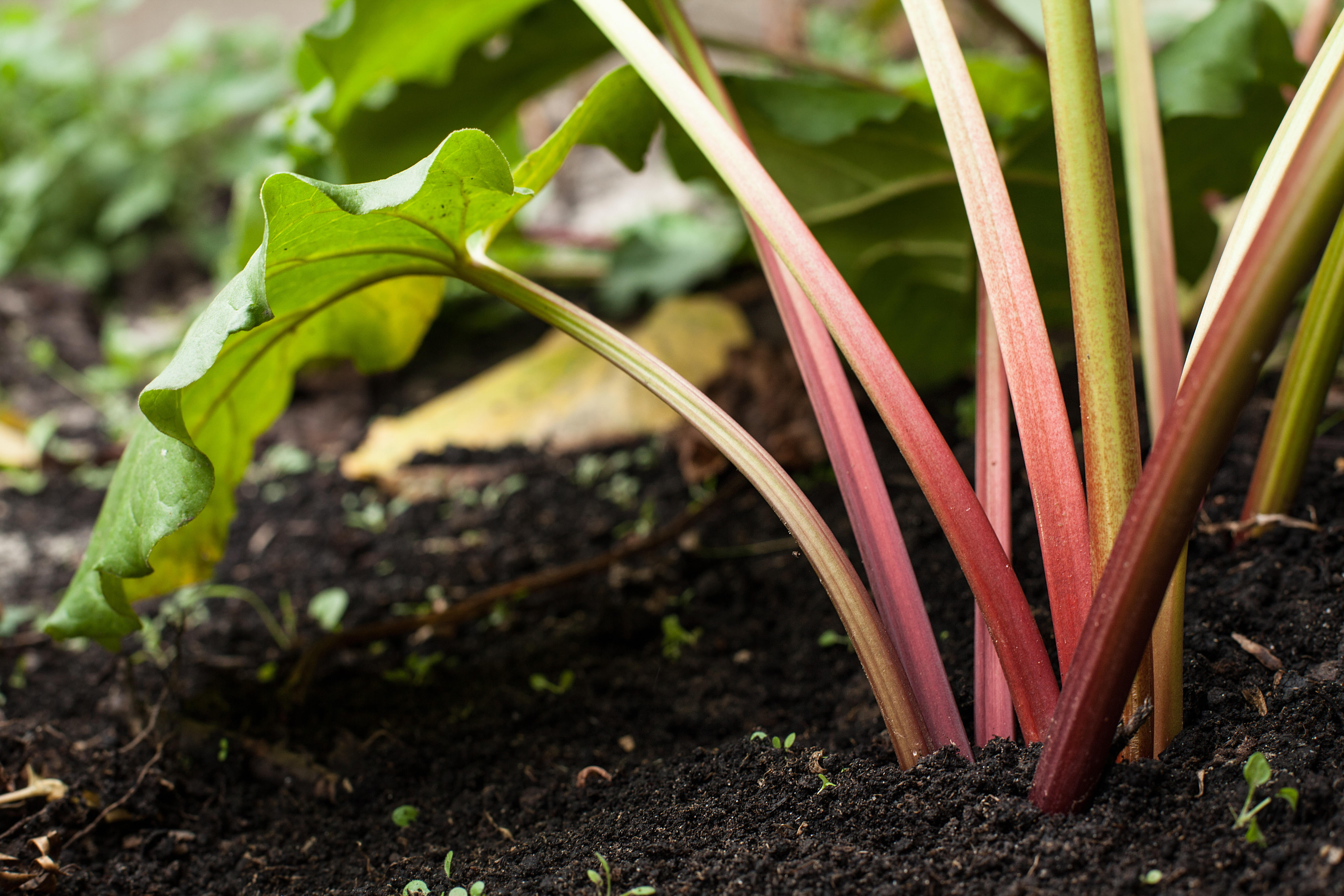

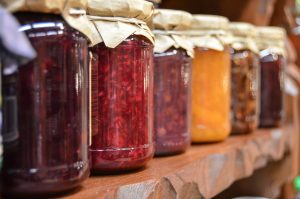
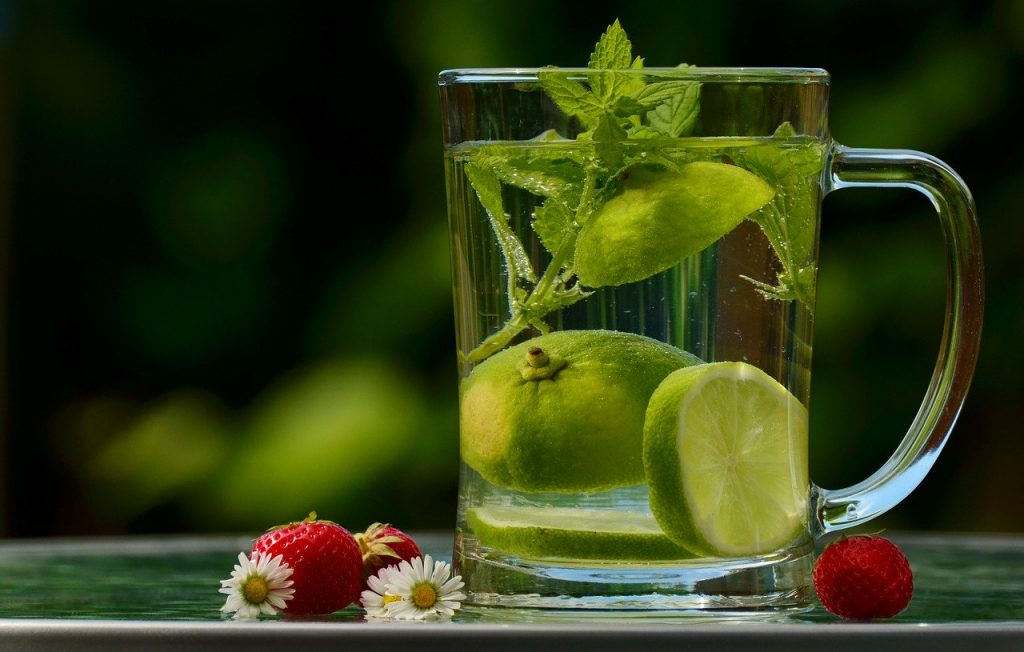
Thank you for sharing such important facts about blackberries
Thimbleberry, Rubus parvivlorus
Drupelet Color: Dusty red
Range: Western North America
Flavor: Sweet
You have this one a little off I think. The Rubus parviflorus Thimbleberry grows in Northern Temperate Western North America to the Great lakes.
It ripens to bright dark red and is also has more of a sweet-sour taste
hello,
A plant that I pulled up out of one of my gardens….This plant looked like a dew berry and produced nice a bit of tasty berries…I have been home due to the quarantine..And .. as the little canes finished bearing fruit I decided to dig them up for next year. Which led to a New discovery, as I dig up cane after cane there was a new shoot connected that looked like a maturing blackberry shoot! Or am I witnessing a conglomerate plant? I have been looking for a place to identify this interesting plant.Looking for further knowledge if anyone has experienced this before!!
Love your analysis, Kayla. Not obsessive at all !! I’m finding numerous stands blackberry stands near me in upland regions of the Pisgah Forrest, in western NC. Per your analysis there are easily 7 primary varieties that might fit geographically. Looking at leaves alone, the Sawtooth might be a good match. Continuing to study. Too late in season for fruit or flowers. May have to resume my quest in the spring. Any thoughts or guidance appreciated.
Rubus glaucus. An ancient hybrid of black raspberry and a blackberry. I’d be interested in seeds 😉
It hurts my heart a little to see all these plants being called blackberries. :^) There’s no common name for the rubus genus, though there is a subgenus inside rubus which is confusingly also called rubus, that could be described as the blackberry subgenus because it’s the one that contains all the blackberries. Calling a raspberry a blackberry because they share a genus would be like calling a peach an almond, or calling a donkey a zebra.
Every known berry in the rubus genus is edible. I’m also not aware of any leaves in the genus that are poisonous, and most of the common ones I know of are not only edible but are used both traditionally and in the modern day as teas and health supplements. I wouldn’t eat the leaf of a rubus species without verifying the ID and checking to see if the leaves are known to be edible but I’ve yet to do this and have the answer turn up as a no.
Rubus cockburnianus? Blackberries with white canes. Google image search it. Geez these scientists and their Latin names :/
Hi Kayla,
I seen Blackberry seeds for sale on e-bay labelled as “Grifri” but can’t find anything in your document or google. I suspect the seeds are from Asia/China. Have you heard of “Grifri” before?. Does it mean anything? Thanks in advance. Regards Ian G. (UK)
Great question, Ian! I haven’t heard of a Grifri variery of blackberry. It could be more of a breed/variety versus a separate species – which only makes things more complicated. Without seeing an adult plant, it’s really hard to say. Sorry I can’t be of more help!
Don’t bother buying seeds from eBay or Amazon, especially ones from Asia/China. Most of them are scams and you’ll get weed seeds, random little pellets that aren’t seeds at all, or seeds from some random plant.
I did some Googling and found some Amazon listings for “Grifri thornless blackberry”. “Grifri” seems to be the name of a company rather than a variety. I think the variety pictured is a Columbia Giant thornless blackberry or a similar variety. Rather than buying it from those online listings I would look for a reputable online nursery or call nurseries in your area that specialize in fruit.
Sounds like you’ve got one that we missed, Anne! Could be a hybrid, or just a species that isn’t as well known. Have you tried using the PlantSnapp app to ID it? Either way, if you’d like to link some photos to us, we’ll try to help you ID it!
Anne, that sounds like a job for PlantSnap! You can download the app and see if it helps. If it doesn’t, post a link to the photo below. We’ll help you get it figured out. If it’s not in our database yet, our team will work to ID it and get it back to you!